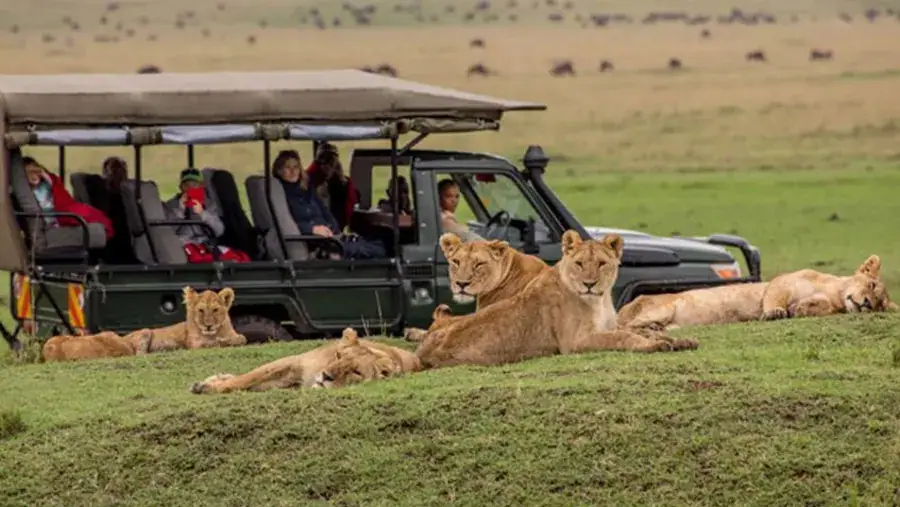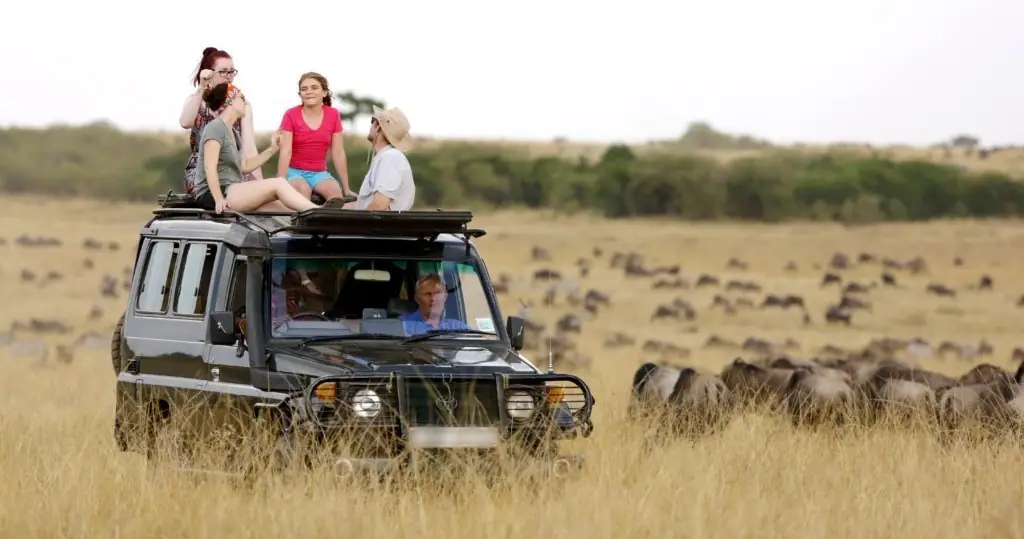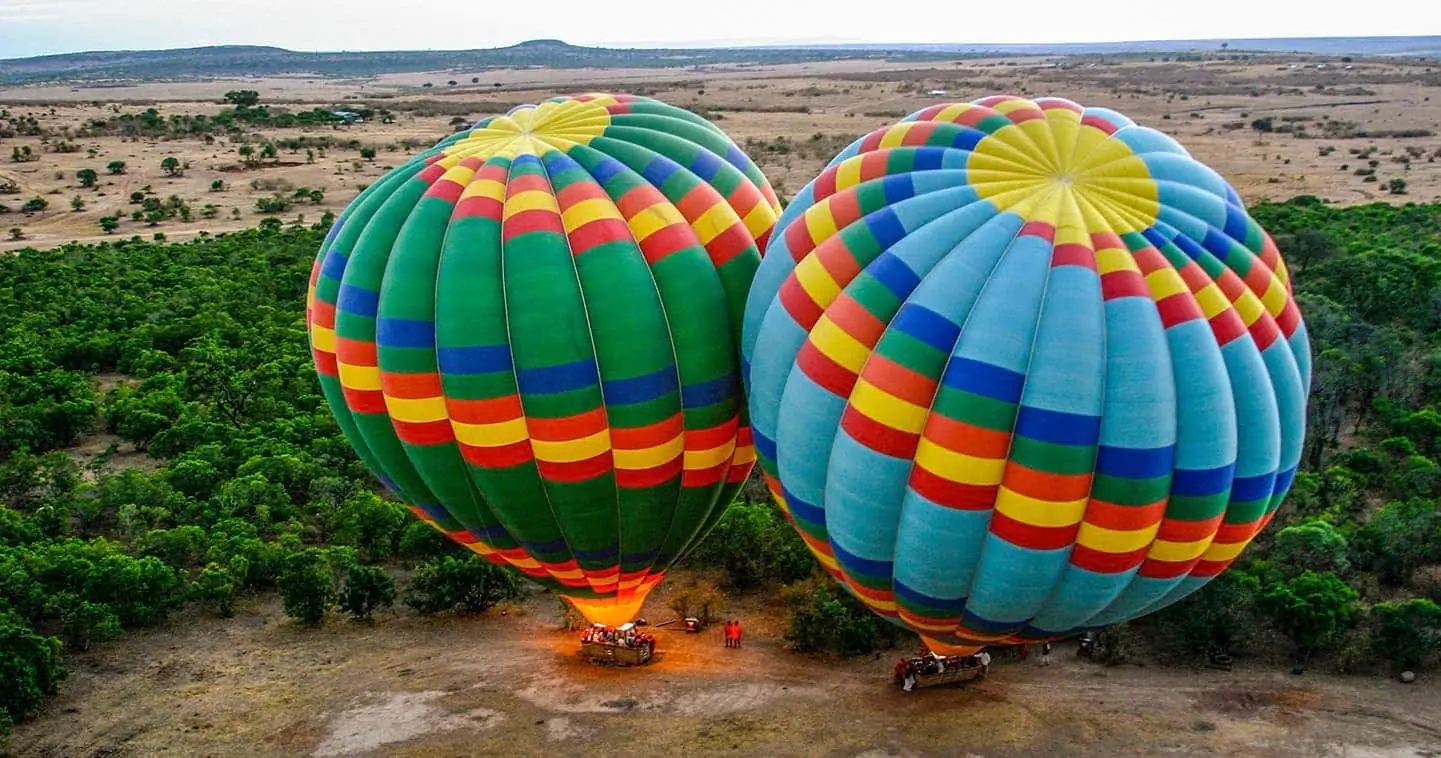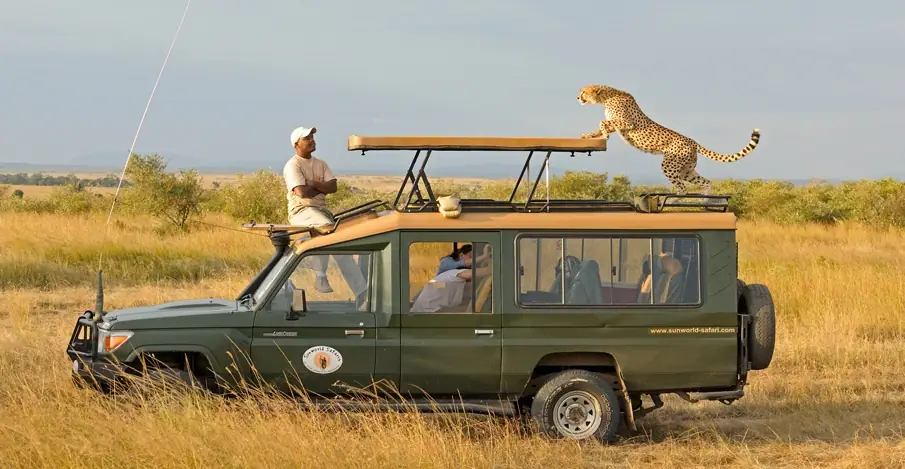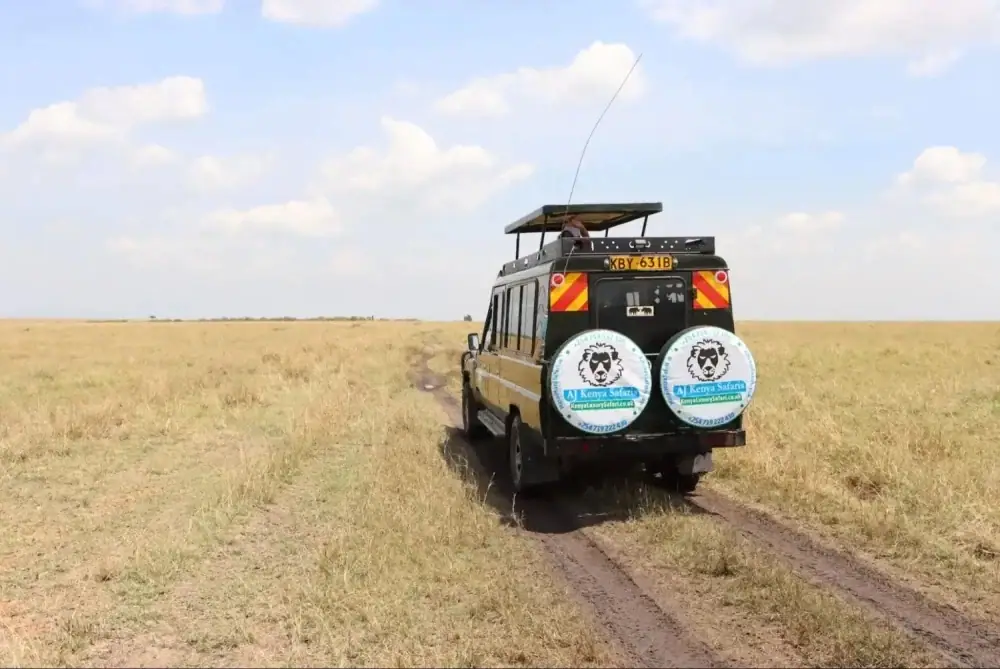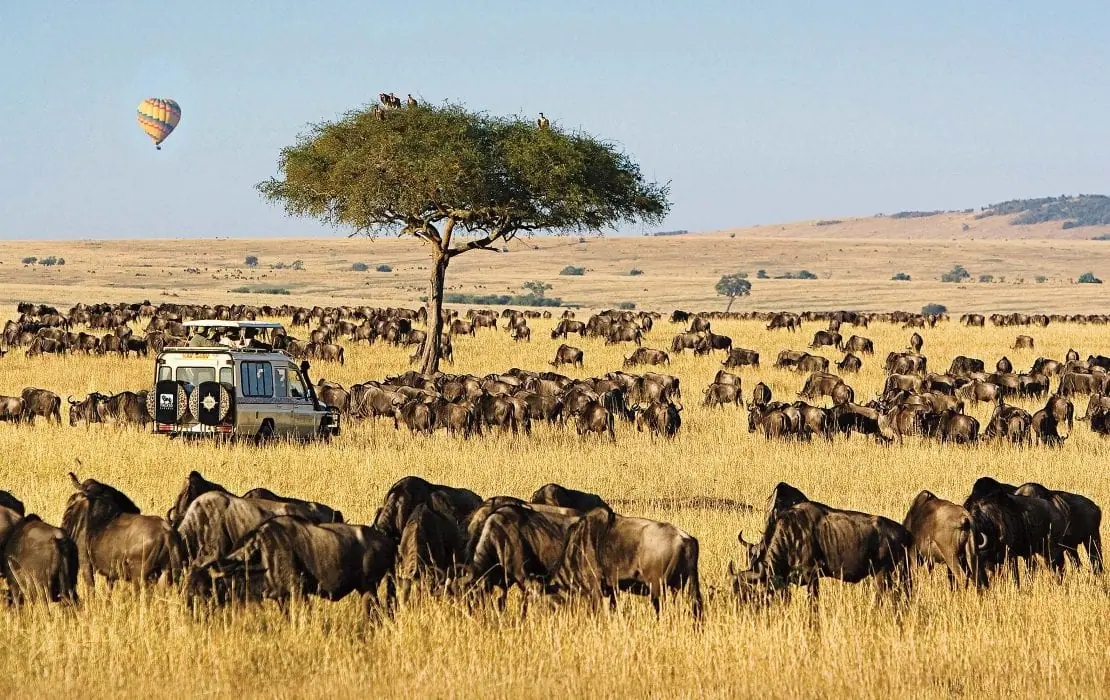Exploring the Unique Geology of the Masai Mara: A Comprehensive Guide
Table of Contents
The Masai Mara National Reserve, a gem of Kenya, is set in the heart of the Great Rift Valley, close to the scenic Kenyan Highlands. It lies at an altitude range of 1,480 – 2,280 metres, offering a variety of landscapes from rolling hills to open savannahs.
The Masai Mara lies within the larger Mara-Serengeti ecosystem, which is shared with the Serengeti National Park in Tanzania, located just to the south. This reserve is nestled within the Great Lake Victoria Basin, an area rich in ancient igneous and metamorphic rocks.
The dramatic landscapes here are a testament to the power of nature, shaped by the movement of two tectonic plates that created the Rift Valley and the surrounding terrains. In contrast, Mount Kenya, the country’s highest point at 5,199 metres, highlights the diverse altitudes found within Kenya.
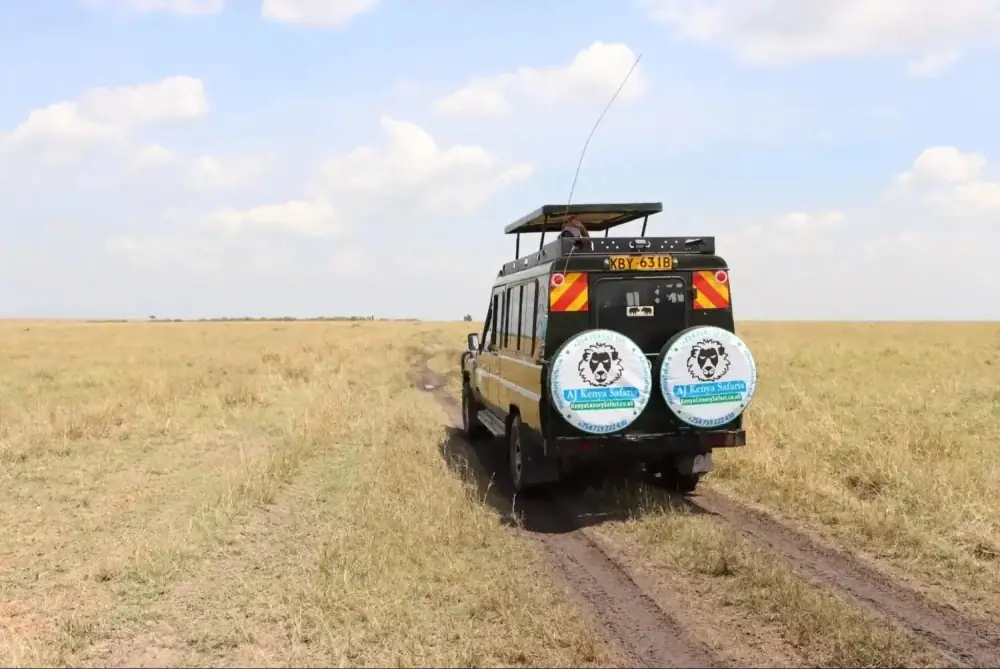
Introduction to the Masai Mara National Reserve
Nestled in the southwestern part of Kenya, the Masai Mara National Reserve is a world-renowned wildlife haven within the Great Rift Valley. This iconic reserve is part of the larger Maasai Mara National Reserve, which seamlessly integrates into the expansive Mara-Serengeti ecosystem shared with Tanzania’s Serengeti National Park.
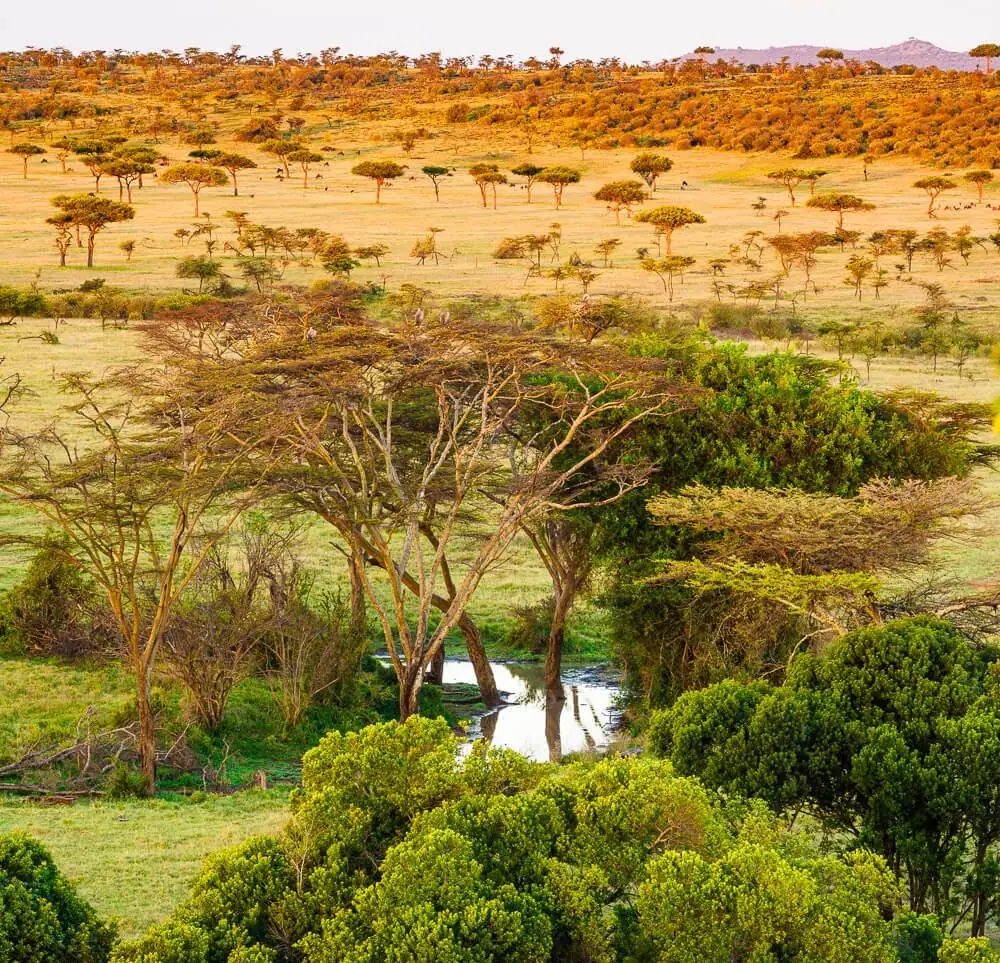
The Masai Mara is famed for its incredible array of wildlife, including the illustrious Big Five: lions, leopards, elephants, buffalo, and rhinoceros. Each year, between July and October, the reserve becomes the stage for the awe-inspiring wildebeest migration, where millions of wildebeest, zebras, and other herbivores traverse the plains in search of greener pastures.
Geographically, the reserve is bordered by the towering Oloololo Escarpment to the west and the rugged Ngama Hills to the east. The landscape is a mesmerizing mix of rolling hills, rugged rivers, and towering cliffs, creating a unique and breathtaking destination. For anyone with a passion for wildlife, nature, and adventure, the Masai Mara National Reserve is an unmissable destination.
Geological Wonders of the Masai Mara National Reserve
The Masai Mara is a land of striking geological features. It is built upon ancient land composed of igneous and metamorphic rocks dating back over 600 million years. The ground beneath the reserve is shaped by these ancient rocks, which have undergone significant erosion and are now covered by younger geological formations.
The surface is also covered by sedimentary deposits, including lacustrine sediments, which highlight the region’s past environmental conditions. It is crisscrossed by rugged rivers, notably the Mara River and the Talek River, which carve through the reserve and converge at the Mara Triangle. The Mara River flows directly through the Masai Mara National Reserve and continues into the Serengeti National Park in Tanzania, while the Talek River, a tributary of the Mara River, plays a vital role in shaping the reserve’s landscape.
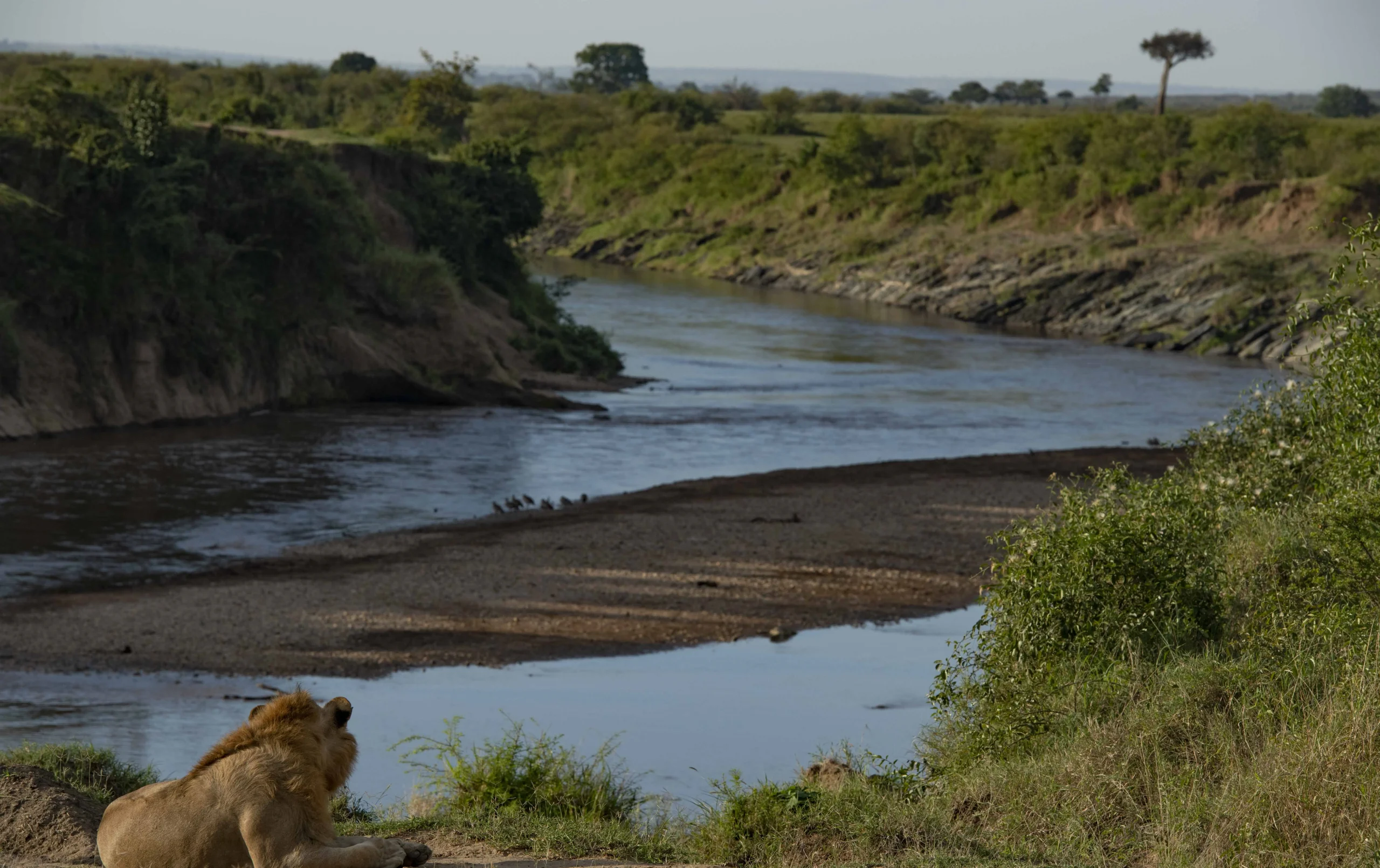
To the east, the Ngama Hills rise with their impressive quartz rock formations created by ancient volcanic activity. These hills are underlain by ancient igneous and metamorphic rock, emphasizing their geological significance.
The towering Oloololo Escarpment forms the natural northwest boundary of the Masai Mara, providing a breathtaking backdrop to this diverse ecosystem. The rocks in the Masai Mara date back to the Cambrian and Pre-Cambrian age, adding to the historical significance of the area. Additionally, the region features various sedimentary deposits, which further illustrate the unique geological history that has shaped its current landscape.
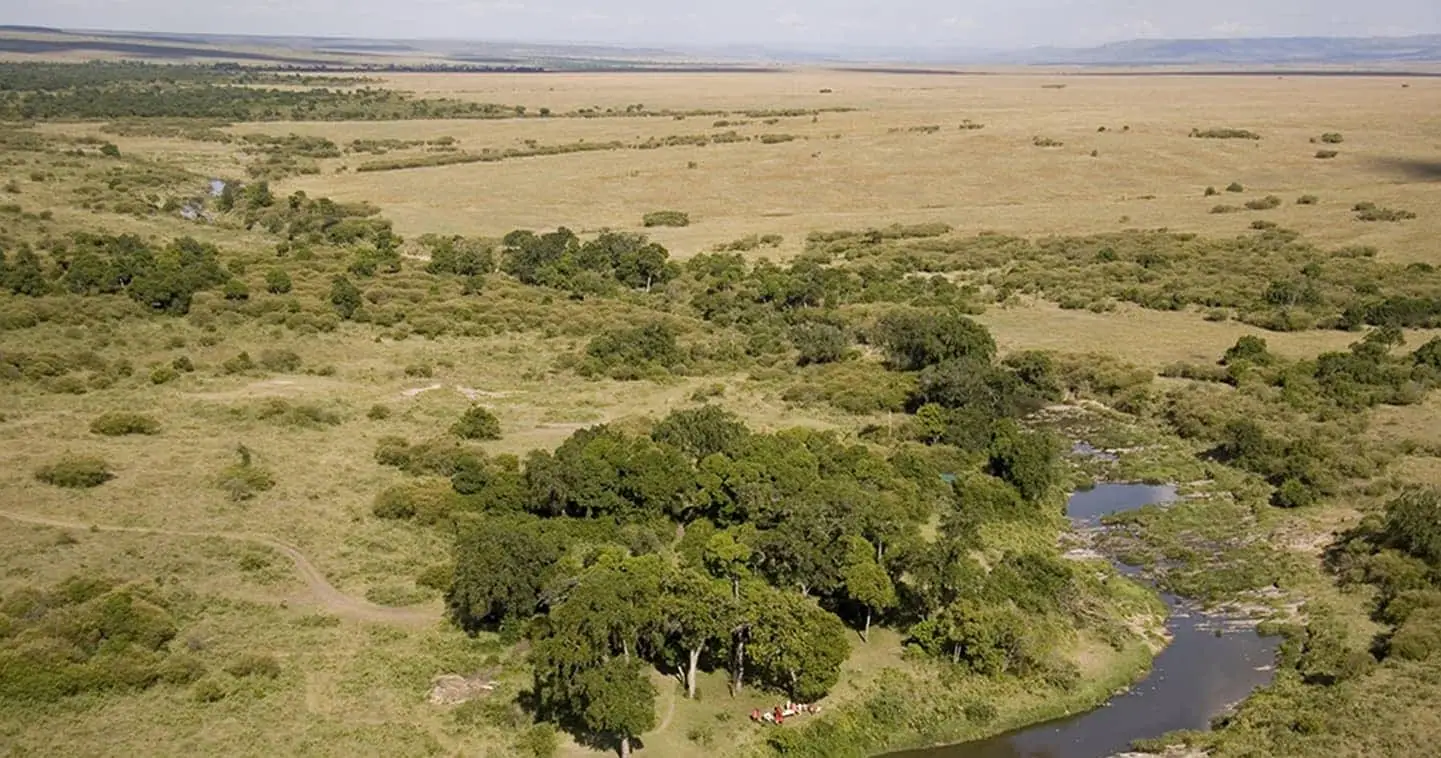
Conservation and Tourism in the Masai Mara and Mara River
The Masai Mara National Reserve is celebrated worldwide as a conservation success story. It is home to a rich diversity of wildlife, including majestic lions, swift cheetahs, and the mighty African bush elephants.
However, elephant damage has significantly impacted the landscape, contributing to the deforestation of once wooded cliffs. This has left barren areas, particularly on the Oloololo Escarpment, which is now predominantly grass-covered. Each year, the reserve becomes the stage for the spectacular wildebeest migration, a natural wonder that draws tourists from across the globe to the Mara-Serengeti ecosystem.
The soil of the Masai Mara is heavily eroded, covered by younger rocks and volcanic lava from the Great Rift Valley. The Mara River lies as a dividing line within the National Reserve, separating different sectors.
The Napuiyapi Swamp, the source of the Mara River, underscores its ecological importance. To the north and east of the reserve, sprawling grassy savannahs dominate the landscape. The Sekenani Sector lies to the southeast of the Talek and Mara Rivers, which are the two major rivers that divide the reserve into distinct sectors.
There are very few locations where these rivers can be crossed, impacting safari logistics and limiting game drives to specific areas. This unique geology, with its mix of ancient and younger rocks, creates a landscape of rolling hills, towering cliffs, and seasonal riverlets. This diverse terrain makes the Masai Mara an ideal destination for game drives and wildlife viewing, offering an unforgettable experience for nature enthusiasts.
In conclusion, the Masai Mara National Reserve is not just a haven for wildlife but also a showcase of geological marvels. Its unique geology, shaped by the forces of nature over millions of years, provides a stunning backdrop for one of the most biodiverse regions on Earth. Whether you’re drawn by the promise of witnessing the great migration or exploring the dramatic landscapes, the Masai Mara offers an adventure like no other.
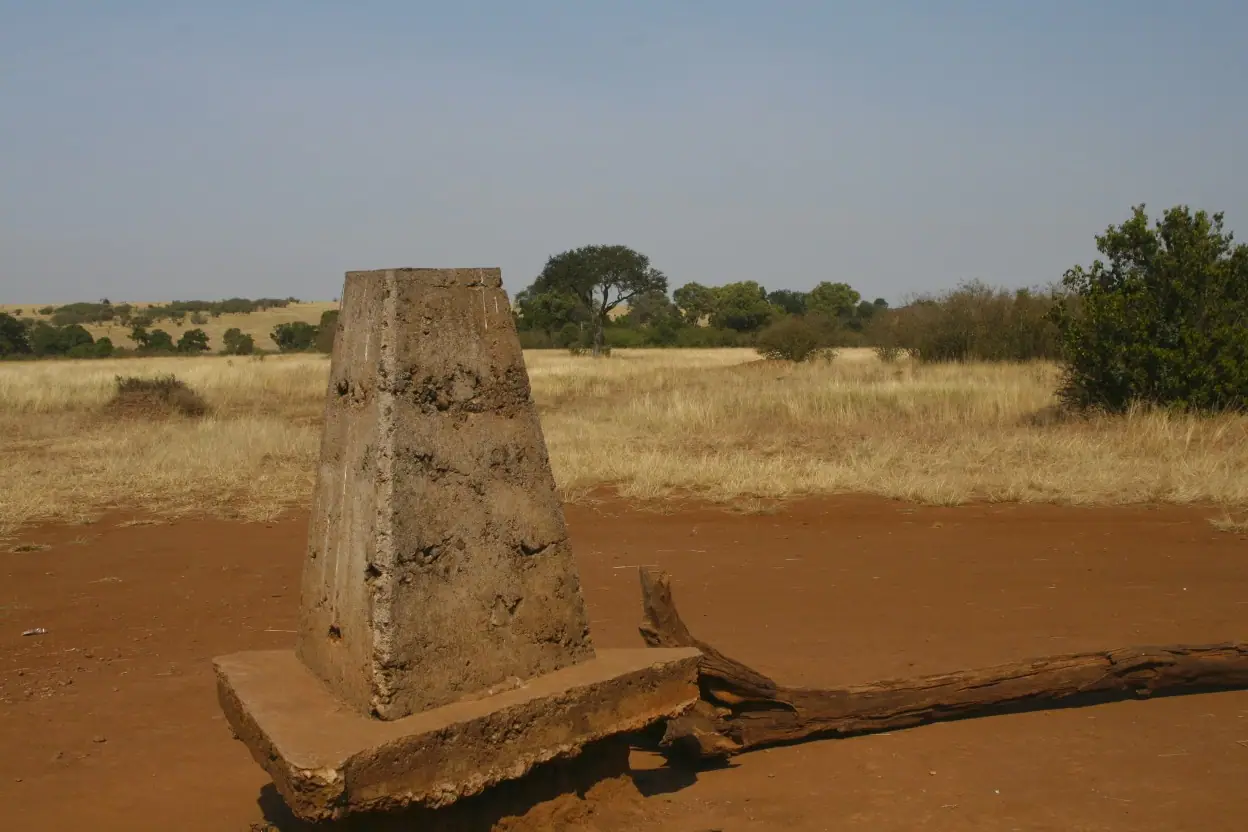
Visiting the Maasai Mara National Park
The Maasai Mara National Reserve welcomes visitors year-round, but the dry season from June to October is particularly ideal for wildlife viewing. During this period, the animals are more easily spotted around water sources, and the weather is generally pleasant.
Accommodation options within the reserve cater to all preferences and budgets, ranging from luxurious safari lodges to budget-friendly camping sites. Guided game drives, available in the morning and afternoon, offer an excellent way to explore the reserve and witness its abundant wildlife up close.
Scenic viewpoints, such as the Oloololo Escarpment and the Mara River, provide breathtaking panoramas of the landscape. Visitors can also enjoy guided walks, birdwatching, and cultural tours to gain deeper insights into the local Maasai community and their way of life.
The Maasai Mara National Reserve is a paradise for photographers, with its stunning landscapes and diverse wildlife providing endless opportunities for capturing memorable moments. To ensure a safe and enjoyable visit, it’s important to respect the reserve’s rules and regulations, as well as the local environment and wildlife.
Whether you’re an avid photographer, a nature enthusiast, or simply seeking an unforgettable adventure, the Maasai Mara National Reserve offers an experience like no other.
Other Information About Masai Mara and Conservancy:
Welcome to AjKenya Safaris
Thanks for stopping by! We’re excited to help you plan an unforgettable safari.
- Phone: +254 748 258880
- WhatsApp: +254 748 258880
- Email: [email protected]
- Email: [email protected]

